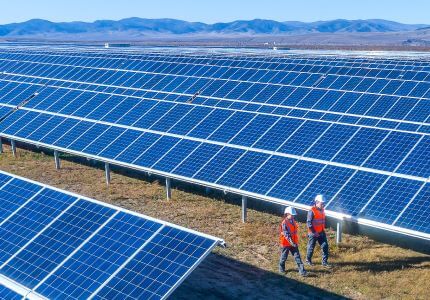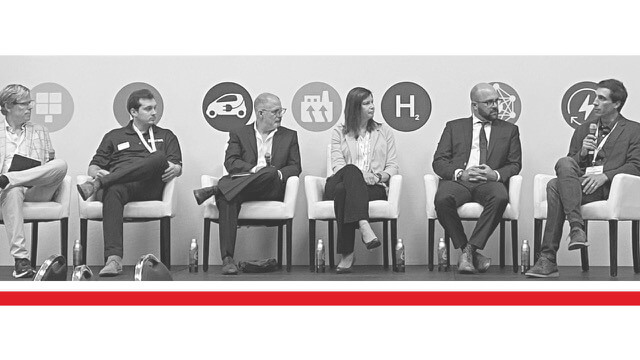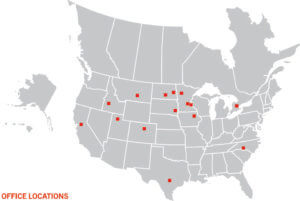Is Your Project Ready for MISO’s Interconnection Queue?

March 14, 2024
Gain insight into the complexities of MISO’s interconnection application process to expedite your energy venture.
The Midcontinent Independent System Operator (MISO) plays an integral role in managing the electricity supply in the Midcontinental US through a regulated interconnection queue process. MISO interconnection processes are critical to ensuring new power plants can safely and reliably connect to the grid. However, ISO and RTO interconnection queues around the country are struggling with a backlog of interconnection requests, long wait times and high withdrawal rates.
MISO is set to reopen its interconnection queue to new capacity on March 18, 2024, with a quick interconnection application deadline of April 18, 2024. To prepare, applicants must gather a range of required documents and models for submission at the interconnection application stage. These requirements include:
- Dynamic Model (.dyr) and Equivalent Model (.raw) developed in PSSE and in compliance with MISO’s Model Data Requirements and Reporting Procedures
- Simplified Equivalent One-Line Diagram
- Generating Facility Data Form
- Site Control Documents
Ulteig’s Studies team is highly experienced in helping our clients navigate MISO generation interconnection studies processes, including preparation of interconnection application submissions as well as performing later-stage cluster studies such as PSCAD.
Currently, MISO has over 200 GW of generator and storage capacity waiting in line for connection to the grid, so it’s important to take advantage of the upcoming queue opening to claim your project’s spot. Whether it’s a clean energy project or a traditional fuel source, all new projects in the MISO region are competing for interconnection. According to a recent report by Berkeley Lab, interconnection requests across the US are spending over 3 years on average in the queue to complete required studies. Promisingly, wait times could soon improve as a result of ongoing FERC interconnection reform. Berkeley also reports that only about 21% of projects in interconnection queues from 2000-2017 reached commercial operation. These project withdrawals happen for a variety of reasons but are commonly due to variations in upgrade costs when compared to initial cost forecasting. Additional investments in studying and modeling your project early on can help to avoid the uncertainty.
Despite the challenges, the interconnection queue process is a vital step towards achieving a cleaner, more sustainable energy future with the queue backlog representing a strong commitment from project developers to this transition. Benefit from Ulteig’s deep market expertise to adeptly navigate the MISO interconnection queue and get your applications submitted before the April 18 deadline. Connect with us today to further your clean energy initiative.
WHAT MAKES ULTEIG DIFFERENT?
From global energy producers to locally funded cities and private developers to government agencies, the clients we serve encompass a broad range of relationships and projects. Find out why Ulteig is a leader in the engineering industry.
Contact Us



